Nestled in the heart of Manila’s vibrant cityscape lies a hidden nature escape: Masungi Georeserve.
I’ve lived in Manila for over 10 years, and every so often, I escape from the city’s hustle and bustle with nearby day trips into nature. Masungi Georeserve stands out for its unique blend of adventure, conservation, and breathtaking beauty. Here’s a complete guide to this natural wonder.

What is Masungi Georeserve?
Masungi Georeserve isn’t your typical nature park; it’s the last green corridor of the Philippines.
The name “Masungi” originates from the word “masungki,” which means “spiked” – a fitting description for the extensive limestone terrain located in this area.
Located approximately 50 kilometers east of Manila in Baras, Rizal, this protected area spans over 2,700 hectares of lush forest, limestone formations, and abundant biodiversity. It’s a testament to the power of eco-tourism and sustainability.
What is the Masungi Georeserve known for?
Masungi Georeserve is known for its unique geological formations. Massive limestone karsts, sculpted by time, rise dramatically from the earth. These immense rocks hide caves such as “Yungib ni Ruben” (Ruben’s Cave), which features impressive stalactite and stalagmite formations.
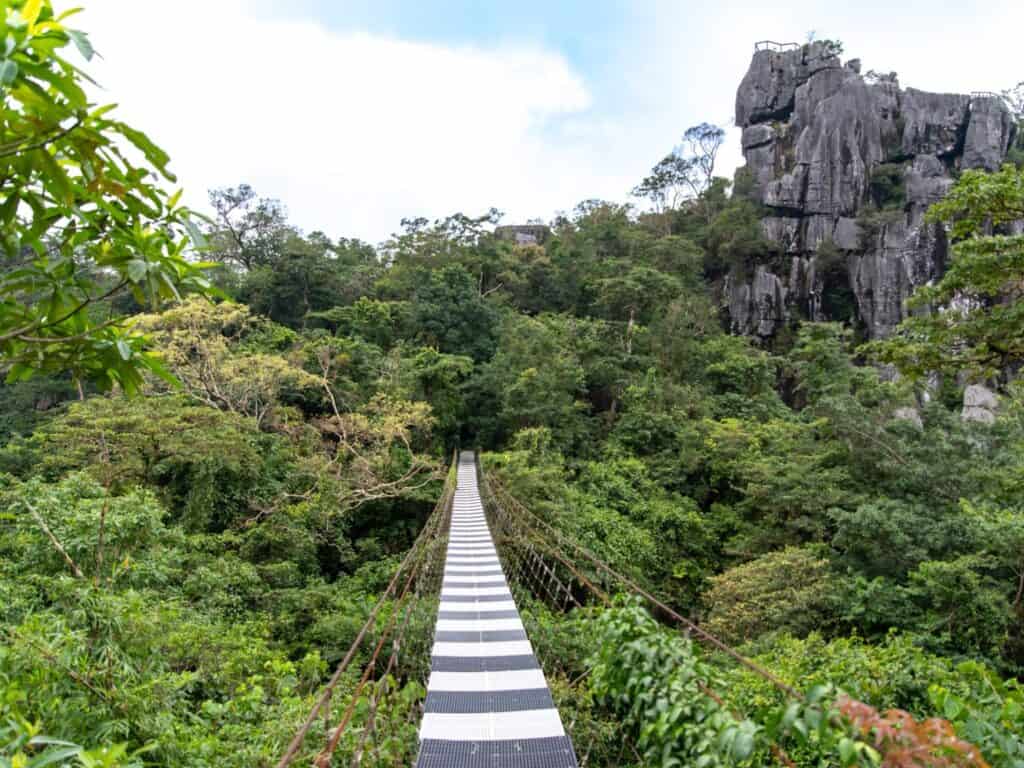
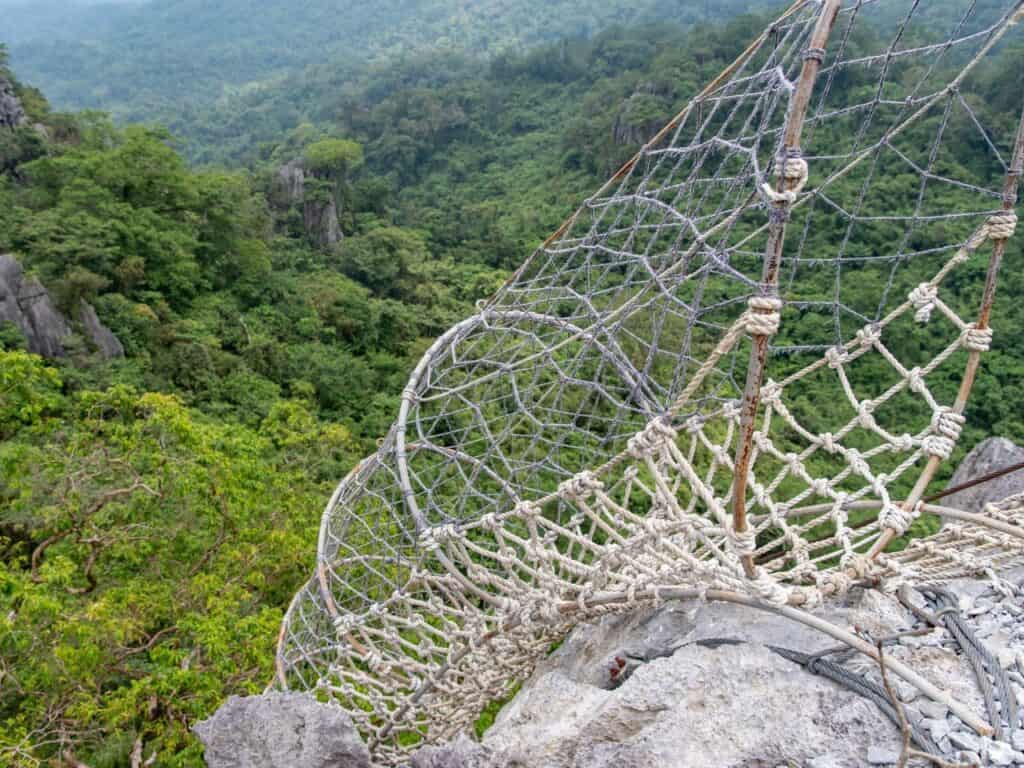
Scattered throughout Masungi are eco-friendly rope bridges on trees, including the iconic “Sapot” (Web), a giant hammock perched above a cliff, and the “Duyan” (SkyNet). These serve as viewing decks for the stunning panoramas of the surrounding landscapes.
This natural haven is also home to diverse wildlife and plant species, some of which are endemic to the Philippines.
Experiencing Masungi Georeserve
Aside from writing this blog, I work as a sales manager at a financial company in the Philippines. Every month, I reward our top performers with fun “bucket list” activities. This time, we set our sights on Masungi Georeserve for our November adventure.
We secured the earliest slot at 5:30 a.m. to catch the sunrise. We hired a van, and our group set off early for Baras, Rizal, where Masungi Georeserve is located. The drive took about an hour.
Upon arrival, the park ranger (guide) was already waiting for us. We then walked to the Silungan, where we received a briefing about the hike. Our excitement was palpable.
Masungi offers two trails: the Discovery Trail, which includes the conservation area and the karst terrain, and the Legacy Trail, where forest restoration efforts are ongoing. We chose the Discovery Trail for a closer look at the karst terrain and to experience the thrilling web ropes in Masungi.
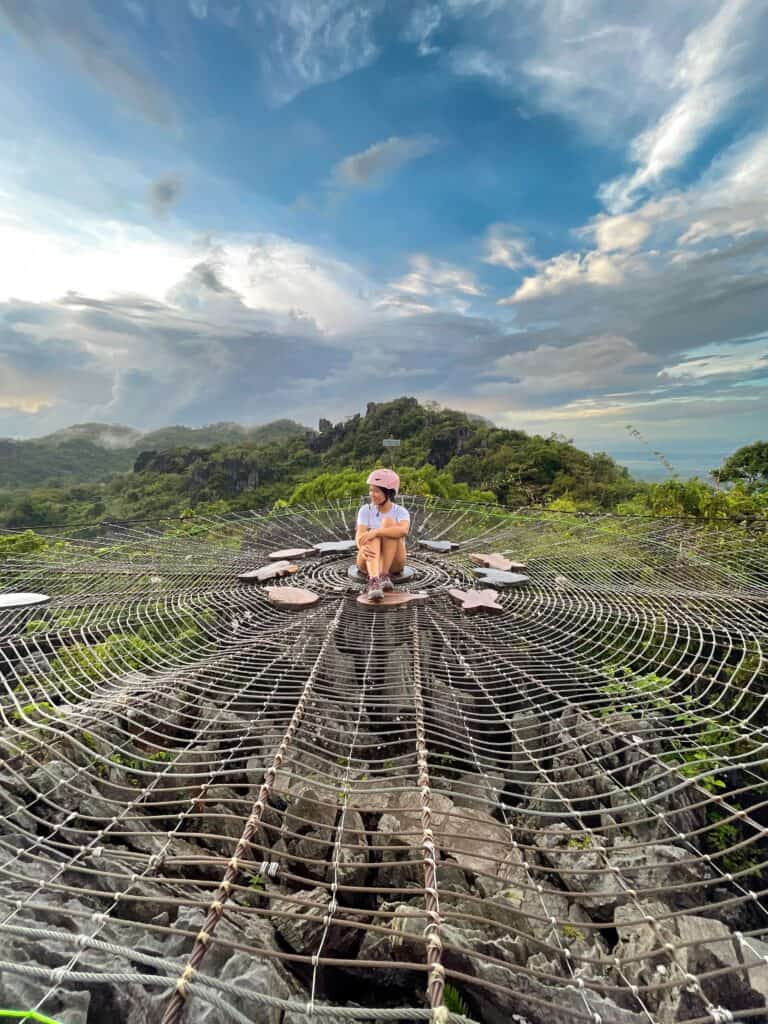

After nearly an hour of hiking, we reached the famous Sapot, a spider web-like viewing area that offered a breathtaking view of Laguna de Bay, the Philippines’ largest lake. Walking on the web was a bit scary for some in our group, but we all made it to the center, and the view was absolutely beautiful.
We then crossed a bridge to get to Patak, an airhouse suspended by sturdy ropes. According to our park ranger, there wasn’t a tree big enough to support the house, so they hung it with ropes instead.
My favorite part was the long rope ladder leading to Duyan, a giant hammock in the middle of the forest. It looked intimidating, but it got easier after the first few steps.
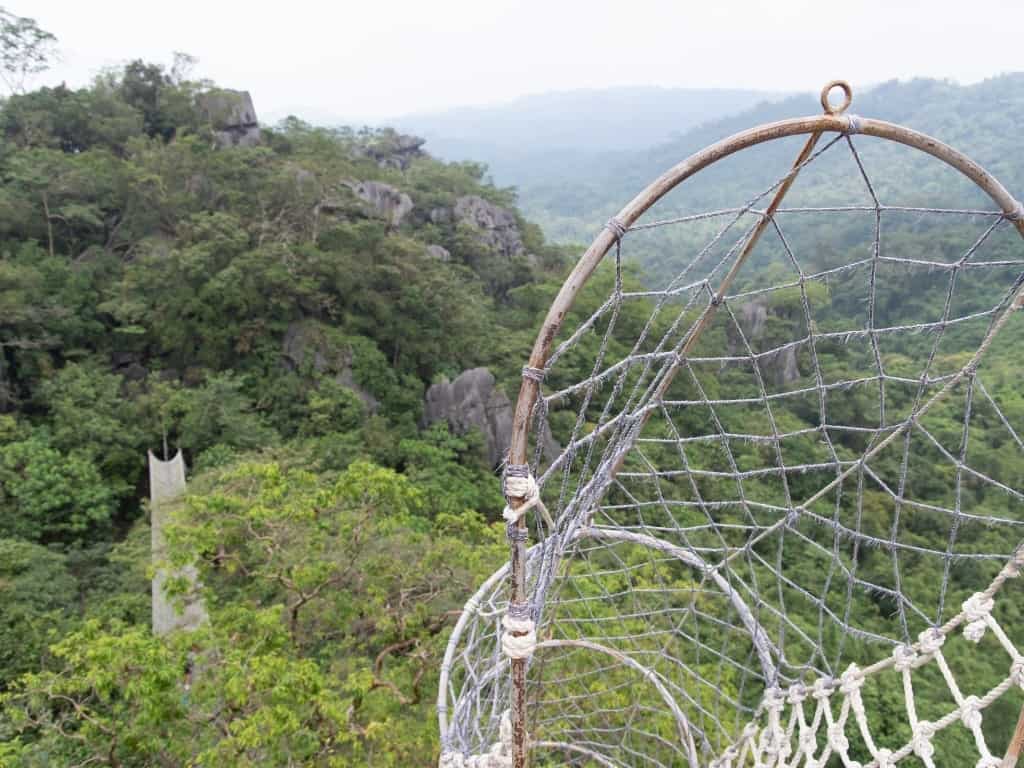
The trek was moderately challenging with plenty of elevation changes, rock climbs, and web ropes, but everyone was enjoying it. Thanks to the funny stories and side comments from the group’s jokers, the hike was more bearable.
En route to the karst terrain, we stopped by Yungib ni Ruben, a cave named after the park ranger who discovered the way in and out. Inside, the scent of sampaguita flowers from scented candles filled the air, which also served as our guide in the cave.

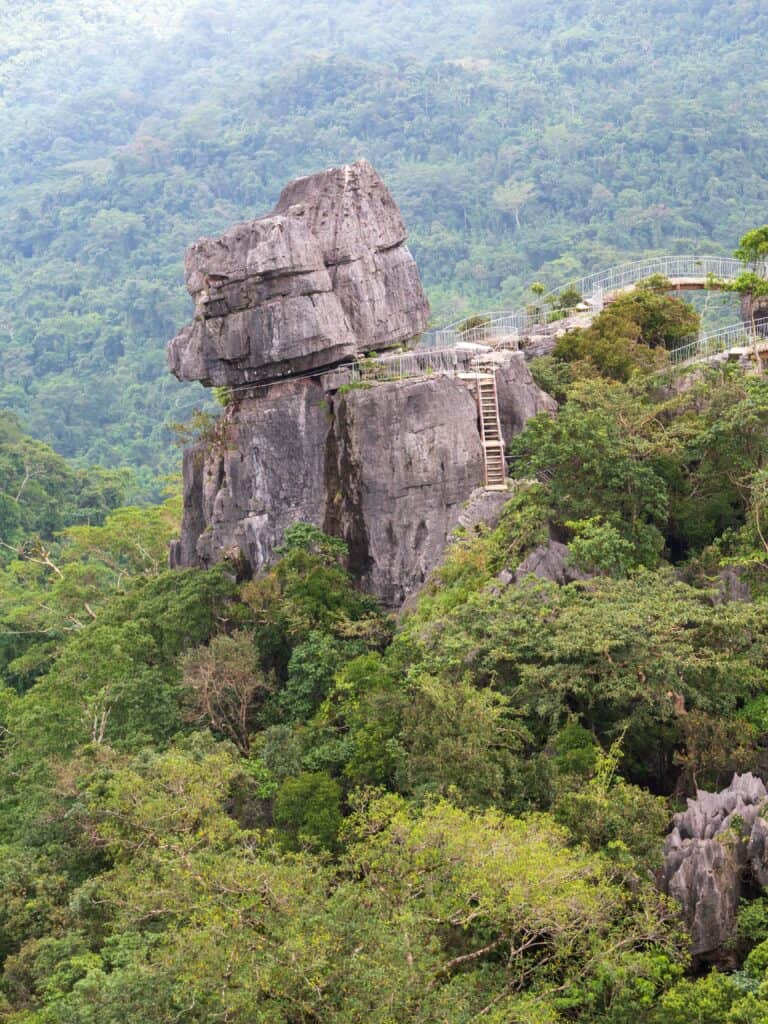
Our first stop was “Tatay,” the highest peak in the conservation area, with rocks stacked on top of each other. We gathered our remaining strength to hike to the top.
From there, we caught a glimpse of “Nanay,” the second peak featuring five limestone rock peaks interconnected by bridges. It was part of our hike, but we had to skip it due to time constraints.
Each group is allotted a specific time for each stop, and park rangers coordinate via radios. While you can take breaks, maintaining a steady pace is crucial to stay on schedule for the next group.
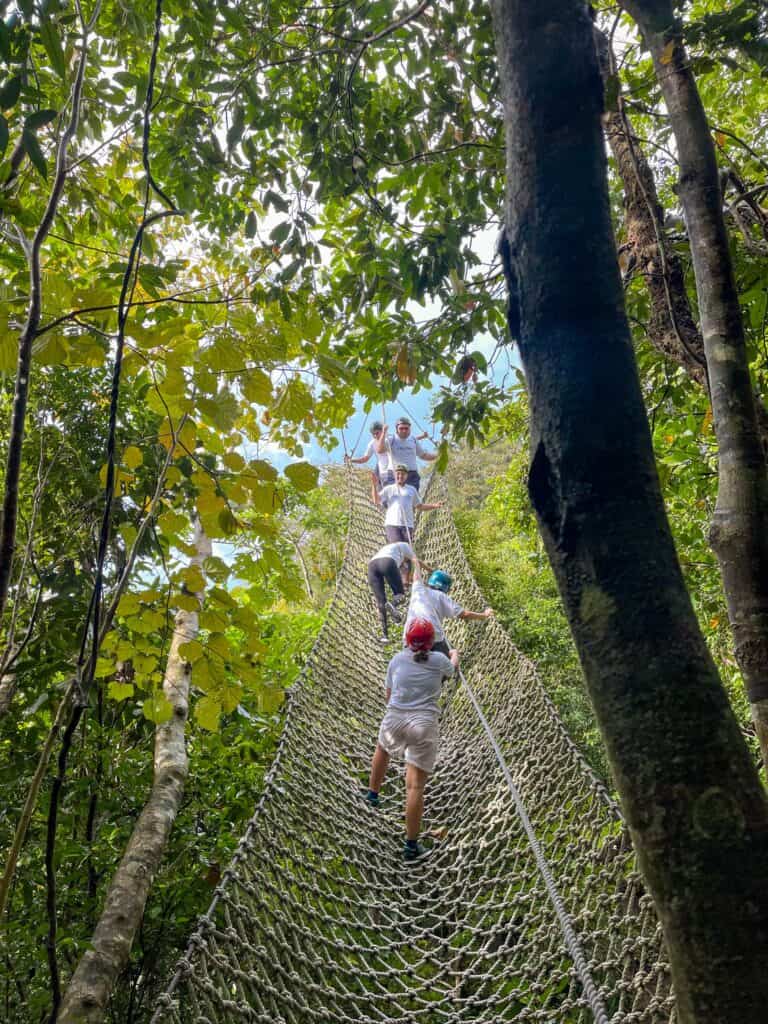

The last adventure on the trail was Bayawak, named after the area’s largest lizard. It featured an even longer rope ladder than Duyan, and I couldn’t resist going up and down multiple times, fueled by adrenaline.
Finally, our park ranger led us to the endpoint, where light snacks awaited. We enjoyed tuna sandwiches, boiled bananas, and cucumber juice, which disappeared in a flash.
Although the complimentary snacks were sufficient for me, I recommend bringing light snacks and water. Just make sure they’re not too heavy, as you’ll need to carry them during the climb. Refill stations are available only at the Silungan.
Before completing the trek, we savored another stunning view from the Liwasan area. On our way back to the starting point, we had another exciting experience passing through the “Sawa” (Snake) path, offering a panoramic view of the Liwasan area.
The entire trek took us a full 5 hours. When we finished, we were exhausted, hungry, and our muscles ached. One of our group, Glaiza, even had a small injury. However, there’s no denying that we all truly enjoyed the trail. It was the relaxing escape we all needed.
Best Time to Visit
Masungi Georeserve can be visited all year round. The weather is generally tropical and humid.
The average temperature in the area is around 27 degrees Celsius (80.6 degrees Fahrenheit), with highs reaching up to 31 degrees Celsius and lows dropping to 24 degrees Celsius.
The best time to visit Masungi Georeserve is during the dry season, which typically runs from November to April. During these months, you’ll have a more pleasant trekking experience and clearer views of the stunning limestone formations.
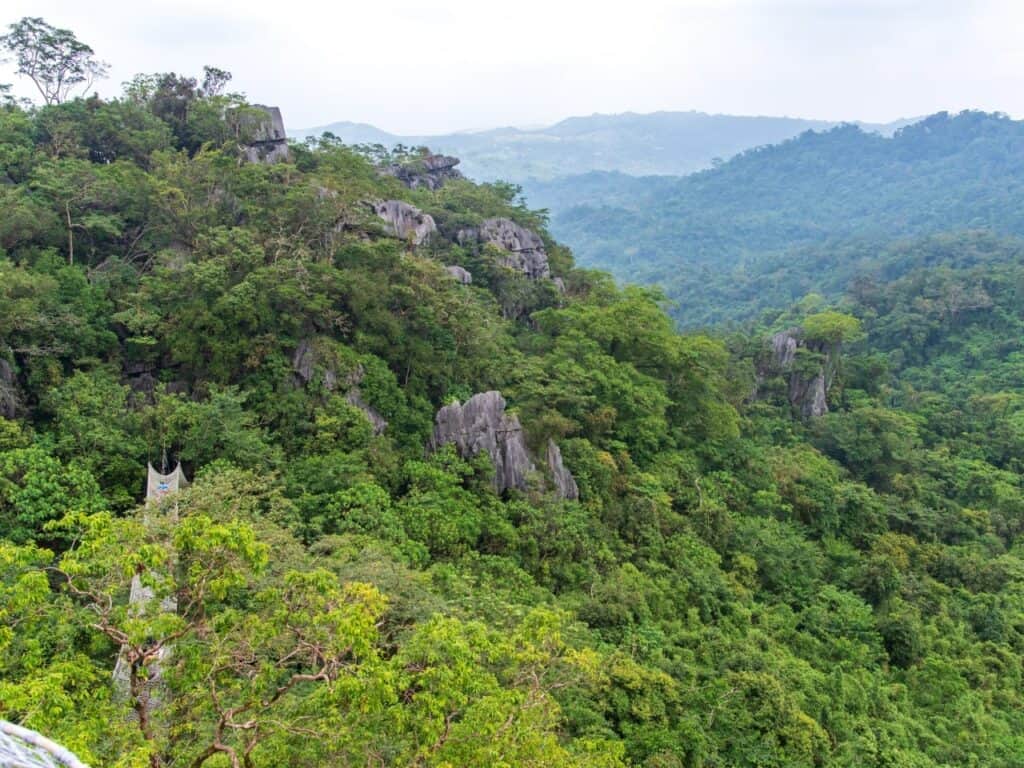
In case of a typhoon or heavy rains, Masungi will announce cancellation ahead of time.
Conservation Efforts at Masungi Georeserve
Masungi Georeserve continues to exist because of the dedication of environmentalists. In the 1990s, illegal logging and quarrying posed significant threats to the area. Recognizing the urgent need to protect this ecological treasure, the Masungi Georeserve Foundation was established in 1996.
Since then, the foundation has worked tirelessly to restore the land to its natural state. Thousands of trees have been planted, helping to rejuvenate the forest. Additionally, strict conservation measures have been implemented to protect the unique limestone formations and prevent further degradation. Today, the reserve is an example of how eco-tourism can be a force for good, providing sustainable income for the local community while safeguarding the environment.
Tips for Visiting Masungi Georeserve
Planning to visit Masungi? Here are several things to keep in mind:
- Reservations: Visiting Masungi requires a reservation made in advance through their official website. Due to the high demand and limited slots, plan your trip well ahead of time. Also, note that there’s a minimum of 7 persons for each reservation.
- Tour Duration: Tours typically last around 3 to 4 hours, depending on the trail you choose. Be prepared for some moderate physical activity and wear comfortable clothing and sturdy footwear.
- Eco-Friendly Practices: Masungi Georeserve is committed to eco-friendly tourism. Leave No Trace.
- Weather Conditions: The weather in the Philippines can be unpredictable. It’s advisable to check the weather forecast before your trip and bring appropriate gear. Again, if the weather is not safe, Masungi Georeserve will cancel or reschedule your reservation.
How to get to Masungi Georeserve?
Masungi Georeserve is located a few hours away from Manila. If you’re coming together as a group, I highly recommend taking a private vehicle.
Jeepneys to Masungi are rare and oftentimes full so you’ll spend more time on the road.
- By Private Vehicle: The most convenient way to reach Masungi is by private vehicle. You can use navigation apps like Waze or Google Maps to guide you to the reserve. You can park in Masungi.
- By Public Transportation: If you prefer public transportation, you can take a bus or van from Manila to Tanay, Rizal. From there, you can hire a tricycle or take a local jeepney to the jump-off point.
Masungi Georeserve is a paradise for adventure and responsible tourism. Whether you’re a nature lover, an adventure enthusiast, or just someone looking to escape Manila’s chaos, Masungi has an immersive experience waiting just for you. Which part of Masungi Georeserve excites you?
If you received value from this post, please consider supporting my work. Thank you so much! If you have a question, write it in the message box and I’ll get back to you asap!
Read More About the Philippines:
- 21 Best Water Activities in Boracay
- Boracay Paraw Sailing Ultimate Guide
- A Guide to Ocam Ocam Beach Busuanga
- What Makes Calauit Safari Park So Unusual?
- Degtayan: Busuanga’s Secret Waterfall
- Concepcion Falls: All You Need to Know
Slow Travel Planning Guide
✈️ How to find the best flight to Manila?
I always use Skyscanner to find cheap flights. It’s a search engine that compares prices across many airlines to get you the best deals.
🏩 What’s the best way to book accommodations in Manila?
It depends. Booking.com is my go-to platform for hotels and apartments. If I want to save money on hostels, I use Hostel World.
And for longer stays where I want a cozy home, I book VRBO (which is cheaper and safer than Airbnb).
🚗 Is renting a car a good idea in Manila?
You can get around Manila with jeepneys and MRT/LRT. But to far places like Rizal, you need to take several jeepneys or book a Grab.
If you’re with friends or family, you can also rent a car from Discover Cars. This will give you more flexibility and will allow you to visit several spots in one area.
🗺️ How do I find local experiences and tours?
I find the best local tours with Klook, thanks to its vast selection across Asia. Get 5% off by using the code “GLADISTRAVELS”
For truly unique and authentic local experiences, GetYourGuide is my go-to. I’ve taken cooking classes with local chefs and gone on guided tours of hidden places using both platforms. I’m really happy with how everything turned out.
🚑 Should I buy travel insurance?
Absolutely YES! For just $5-10 USD per day, SafetyWing gives you peace of mind with its affordable coverage.
📲 Where to buy a local sim in Manila?
I’ve switched to eSIMs for all my travels and it’s been a game-changer! Airalo’s eSIM offers cheap data in 200+ countries without roaming fees. Super easy to set up and top up! Get your Philippines eSIM here.
🏦 What is the best way to withdraw money in Manila?
I use my Wise card. Wise.com provides free global accounts and the most affordable money transfers. I can manage multiple currencies easily and withdraw cash at very low costs. Plus, I find their exchange rates are among the best available!

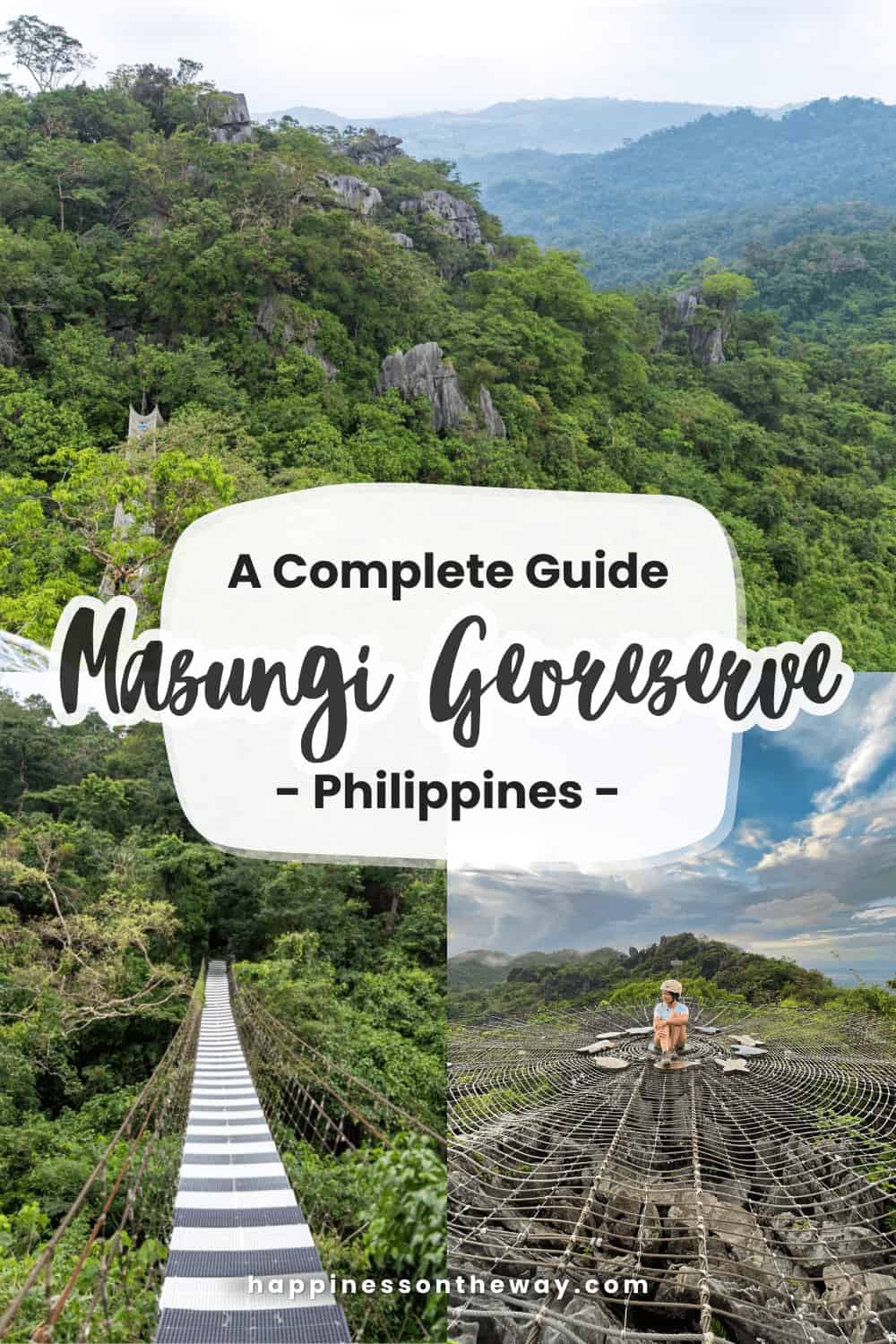
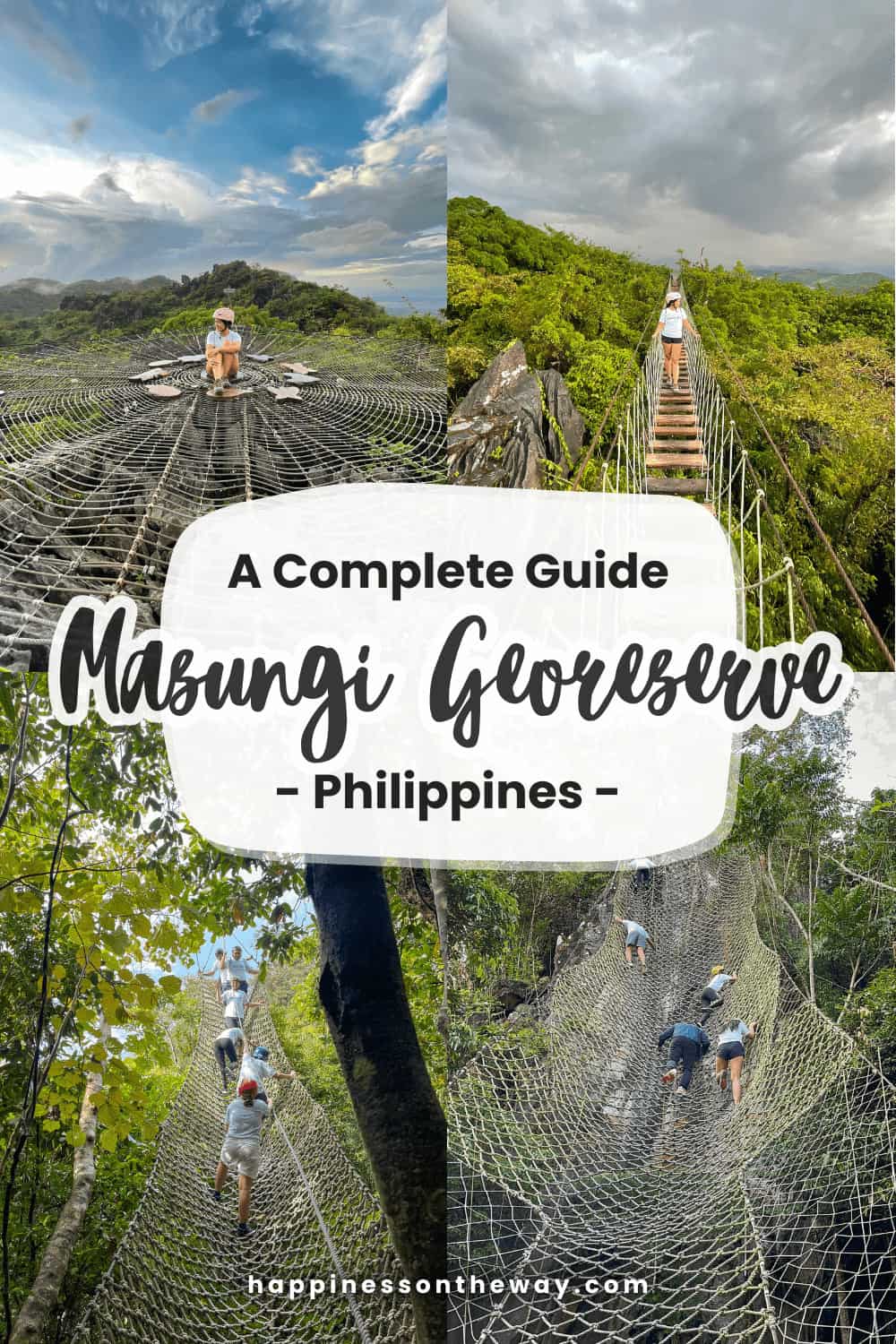
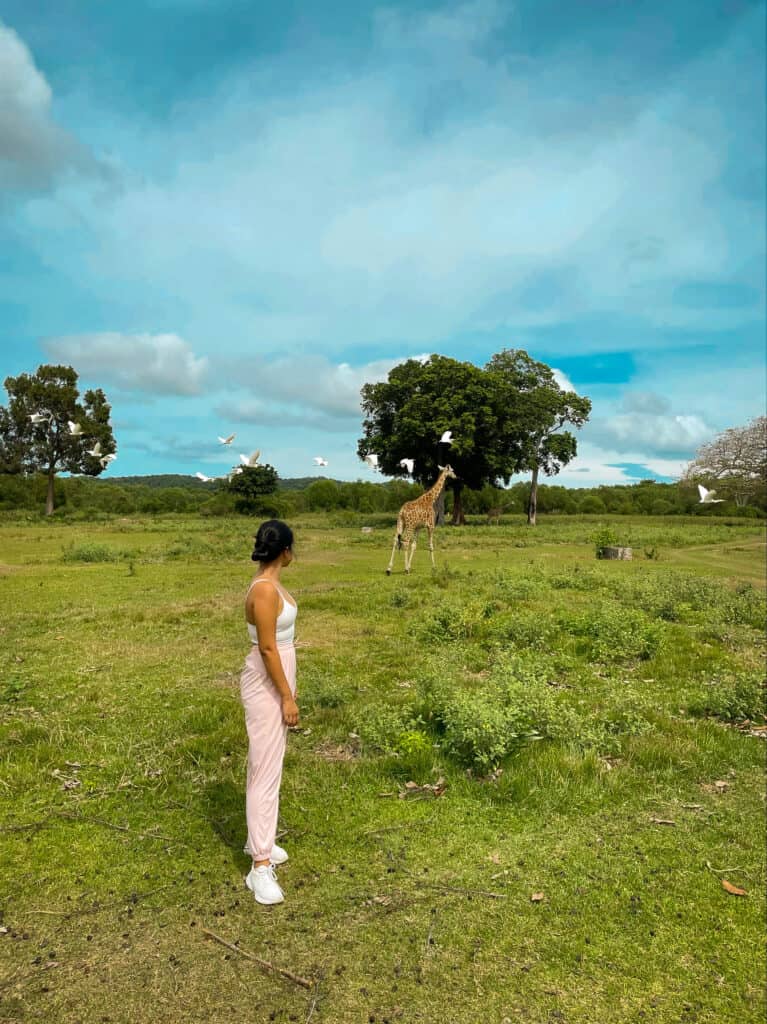
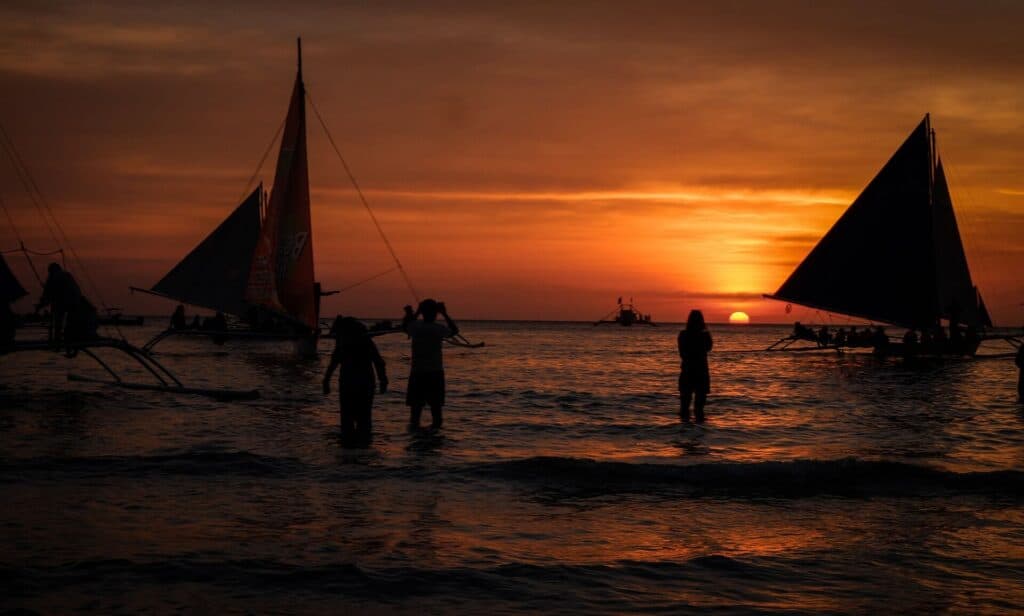
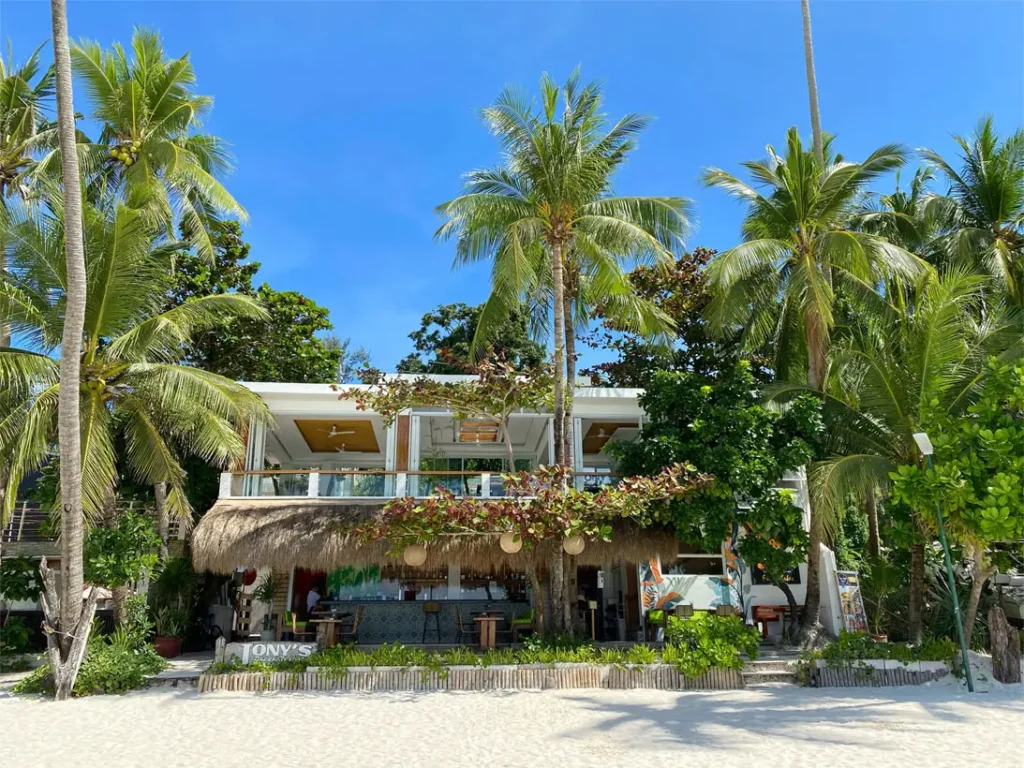
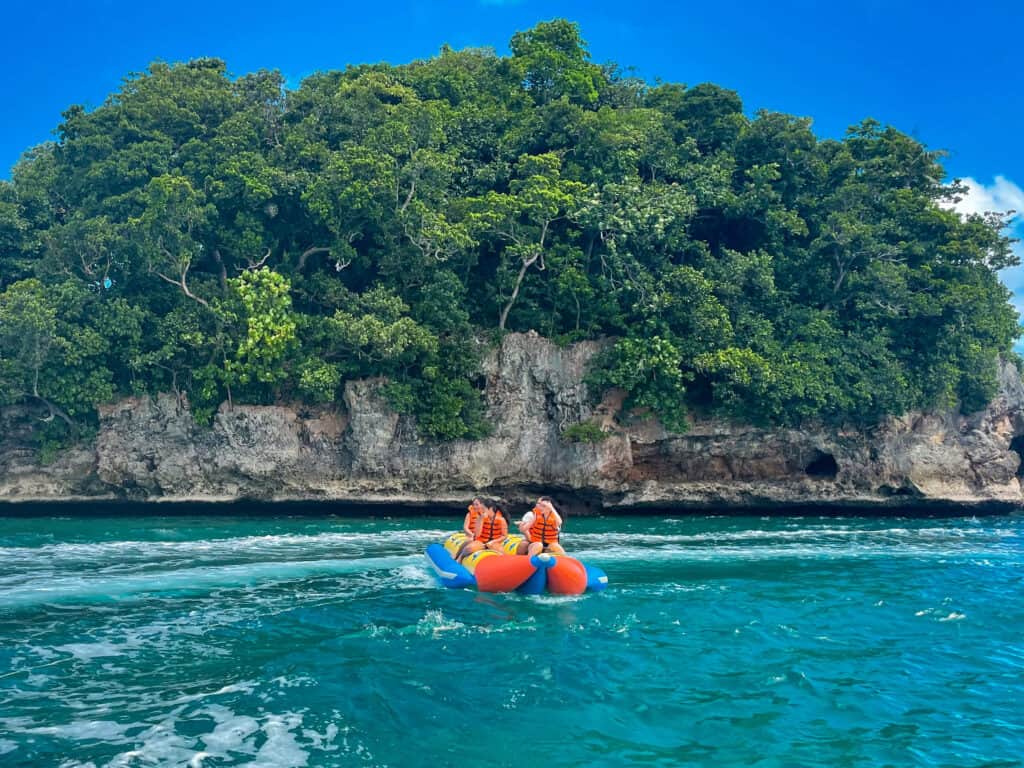
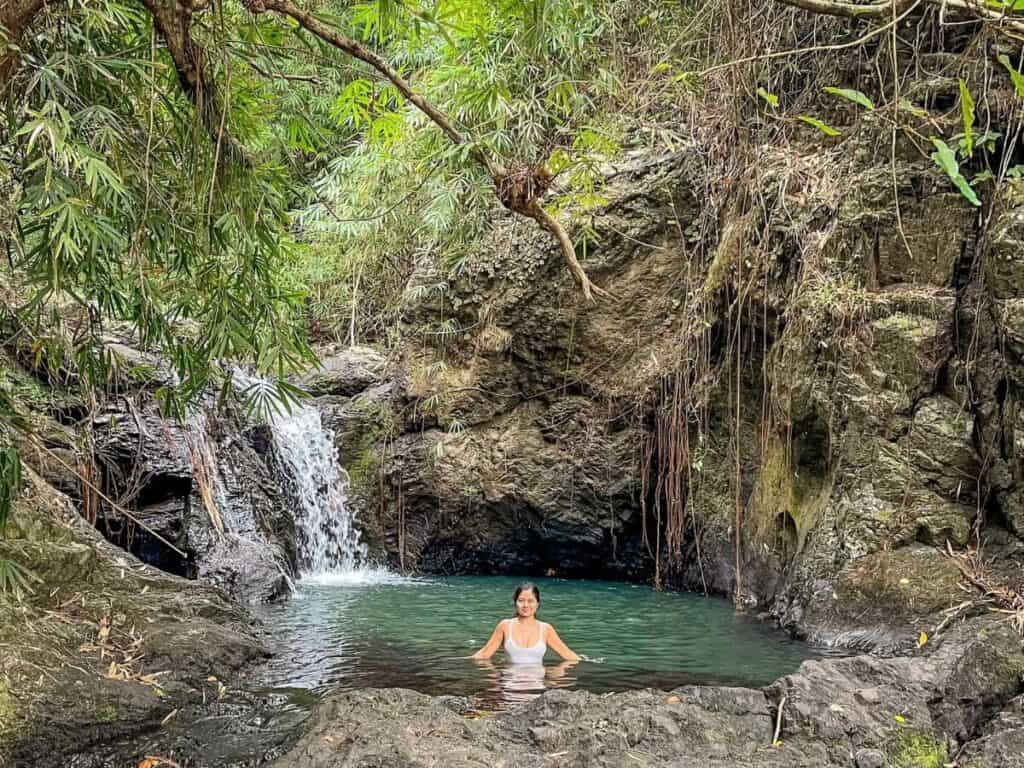
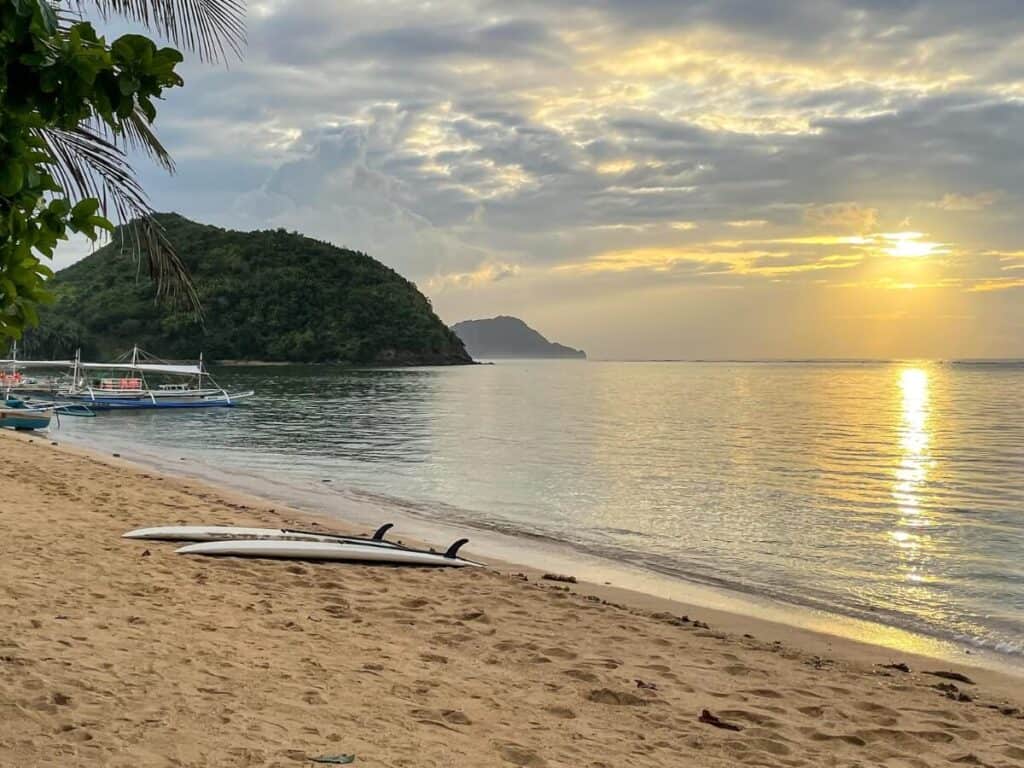
What wildlife can you see there?
I’ve never heard of Masungi Georeserve before reading this article! It sounds like an underrated place to visit near Manila. I personally love trying adventure activities and the ropeway ladders look so fun to try out. Thanks for sharing this find with us!
This looks like a solid adventure and added it to my wish list! Stunning landscape!
One of my friends is in the Philippines right now, and I am sending her this as she is next headed to Manila.